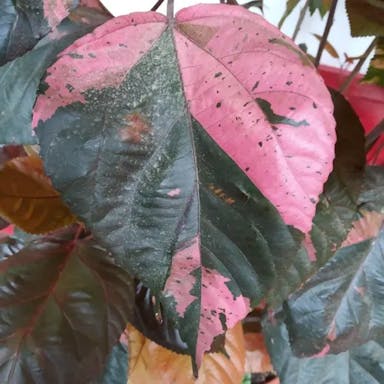Beaked filbert plant can be easily affected by pests/diseases including aphids, mites, and fungal infections like powdery mildew, which suck sap or cause damage to leaves.
To prevent aphids, natural predators like ladybugs or insecticidal soaps can be introduced. Mites can be managed by regularly spraying water to the plant. Fungal infections can be prevented by ensuring good air circulation around the plant and by avoiding overhead watering.
Left untreated pests/diseases cause withering leaves, stunted growth, and less fruit production. Regular monitoring and prompt rescue action are essential to maintain healthy Beaked filbert plants.











